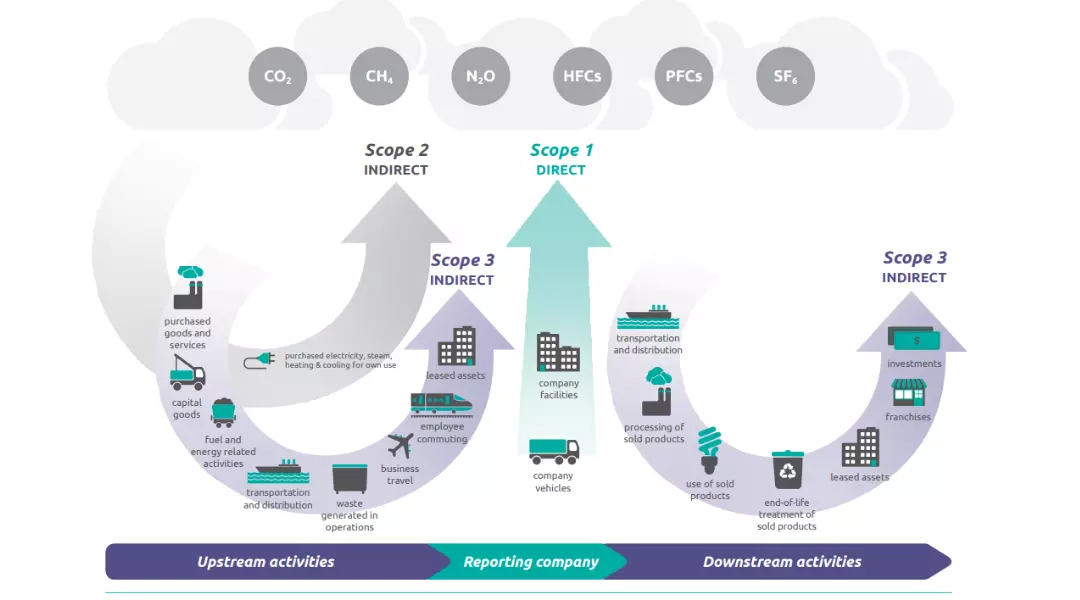I recently had the opportunity to attend IGEM 2023, an event showcasing cutting-edge innovations in the field of renewable energy. One theme that stood out prominently was the advancement of photovoltaic (PV) panels, a key component in harnessing solar energy. While these panels offer a plethora of advantages, it’s equally important to acknowledge their drawbacks and consider alternative approaches before jumping on the solar bandwagon.
Read moreGHG Management is the core of a Credible ESG Strategy
The ESG framework covers a wide range of practices related to environmental impact, social responsibility, and corporate governance, offering opportunities for a sustainable and equitable future. However, organizations starting their sustainability journey must prioritize carbon emissions management to avoid confusion and resource depletion. This prioritization helps build a credible ESG strategy that SMEs can confidently communicate to stakeholders.
Read moreThe Chief Sustainability Officers’ (CSOs) responsibilities.
Sustainable development management
Sustainable development management is the practice of integrating sustainable principles into business operations and decision-making processes. It involves identifying and managing environmental and social risks, setting sustainability goals and targets, measuring and reporting on sustainability performance, and promoting innovation and collaboration to drive sustainability improvements. This approach aims to create long-term value for the business, society, and the environment while minimizing negative impacts and risks.
Read moreCarbon Neutrality and Net Zero Emissions
Carbon neutrality and net zero emissions are two terms that are often used interchangeably, but there are some important differences between them. Carbon neutral organizations evaluate and reduce CO2 emissions and compensate for them by reducing emissions elsewhere or removing CO2 from the atmosphere through carbon offsetting. Net Zero means a company reduces absolute emissions across its whole supply chain to limit global temperature increases. The Science Based Targets initiative has set out the world’s first Net Zero standard. Both terms are essential parts of emissions mitigation work to combat climate change.
Read moreDirect and indirect greenhouse gas (GHG) emissions
Greenhouse gas (GHG) emissions can be categorized as direct emissions or indirect emissions.
Direct GHG emissions (also known as Scope 1 emissions in the GHG Protocol) are emissions that are produced directly by sources that are owned or controlled by an organization. Examples of direct GHG emissions include emissions from combustion of fuels in boilers or vehicles owned by the organization, and emissions from chemical processes in manufacturing facilities.
Read moreGlobal warming potential (GWP) of greenhouse gases.
Different greenhouse gases have different warming potentials, meaning that they trap different amounts of heat in the atmosphere. Carbon dioxide equivalent (CO2e) is a metric used to compare the emissions from various greenhouse gases (GHGs) based on their potential to contribute to global warming.
Read moreGreenhouse gases (GHGs)
Greenhouse gases (GHGs) are gases that trap heat in the Earth’s atmosphere and contribute to global warming and climate change. They act like a blanket around the Earth, trapping heat that would otherwise escape into space. Some examples of GHGs include carbon dioxide, methane, and nitrous oxide.
Read more





